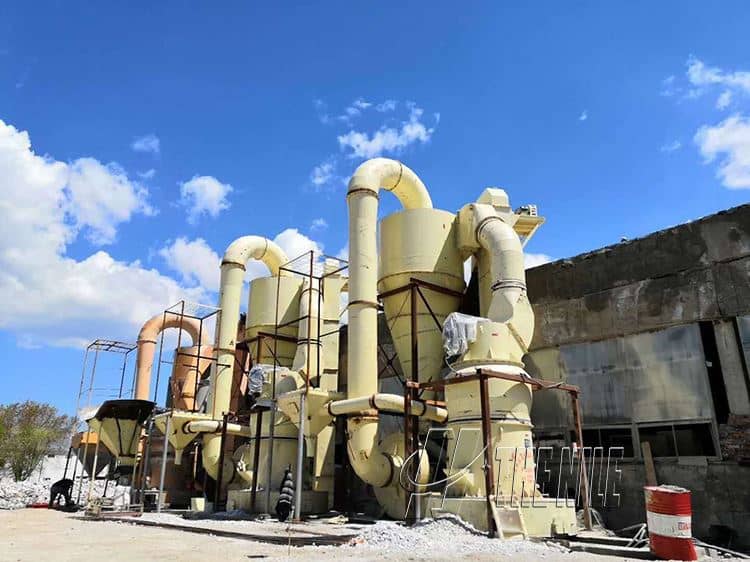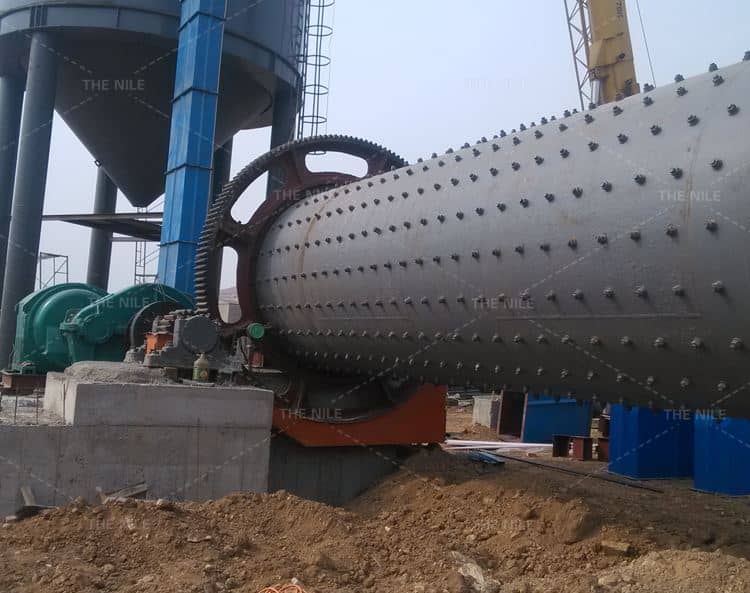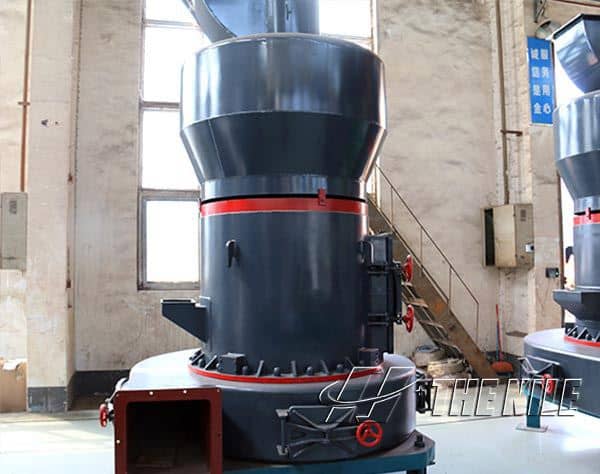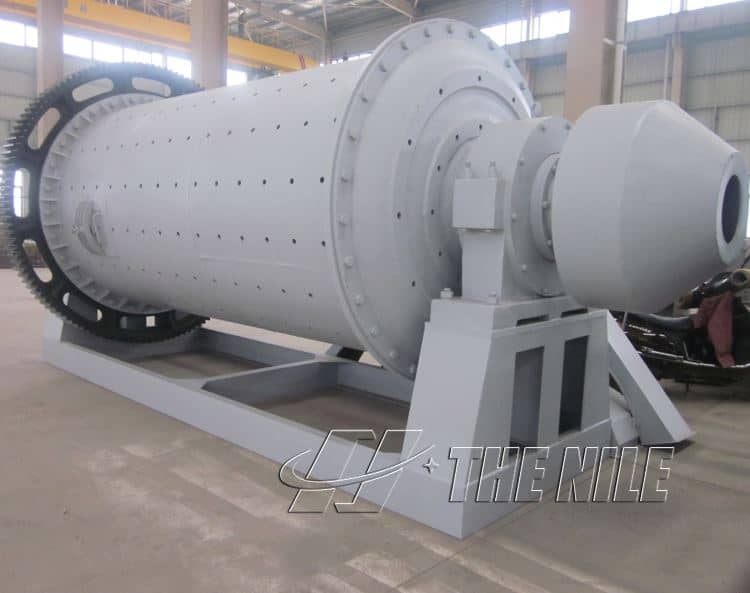
Raymond mill and dry ball mill are commonly used milling equipment in the milling industry. But there are still some differences between the two. This article will introduce in detail the structure, use, output, pollution degree, cost, and other aspects of the Raymond grinder mill and dry ball mill machine, and teach you how to choose the appropriate milling equipment. Let's take a look.

1. The difference in shape and structure
First of all, the most obvious difference between the two is that the Raymond mill machine is a vertical mill and the ball mill is a horizontal mill. Therefore, the ball mill occupies a large area and is inconvenient to transport. Raymond grinding mill machine is mainly composed of main engine, analyzer, blower, finished cyclone separator, pipeline device, motor, and so on. The dry ball powder mill is composed of the main parts such as the feeding part, the discharging part, the revolving part, and the transmission part.
2. Different pollution levels
The Raymond powder mill machine adopts a unique structure, and the excess dust can be collected by the pulse dust collector, with less pollution and low noise. Due to the large area of the dry ball grinding mill, the entire system is difficult to control in terms of environmental protection and noise.

3. The difference in purpose and scope of use
Raymond mill machinery is mainly used for high-fine powder processing of non-flammable and explosive minerals, chemicals, building materials, and other materials with Mohs hardness not greater than 7 and humidity below 6%. Its product particle size can be adjusted arbitrarily within the range of 40-400 mesh. The dry ball grinding mill is mainly used in the dry grinding production of various non-metallic materials such as cement and coal sludge. The dry ball mill equipment has better wear resistance than the Raymond mill, but the Raymond roller grinding mill machine has a more stable and uniform fineness than the ball mill, and the quality of the finished powder is higher.
4. Different production capacity
The capacity of the Raymond Mill grinder machine is relatively small, but the newly developed MTW European version of the Nile Mill has a capacity of 3-50 t/h, a longer service life, and can meet most people's requirements for grinding powder. The dry-type ball mill has a larger capacity, which can be as high as 1.4-87 t/h, but the dry-type ball mill requires a lot of energy and noise.

5. The cost is different
The Raymond Mill machine series products have high initial purchase costs, but low maintenance costs in the later stages, the long service life of wearing parts, and a wide range of applications. Dry ball grinder mills have low initial purchase costs but high later maintenance costs, and their use is not as wide as Raymond mills.

How to choose the right milling equipment?
In general, if you have limited early economic capacity, large output of materials, and no requirements for noise and environmental pollution, you can choose a dry ball mill, but the maintenance cost in the later period will be higher. If you have sufficient funds, it is recommended that you use Raymond mill for sale. It is not only widely used but also environmentally friendly and reliable. The most important thing is that the finished products processed by Raymond mill equipment are of fine quality and good quality. The power industry's requirements for power quality.
If you are still hesitating between choosing a Raymond mill or a dry ball mill, you can contact our online customer service. We will arrange professional salesmen for you to recommend the most suitable mill for you according to your economic situation, region, output, and other factors.